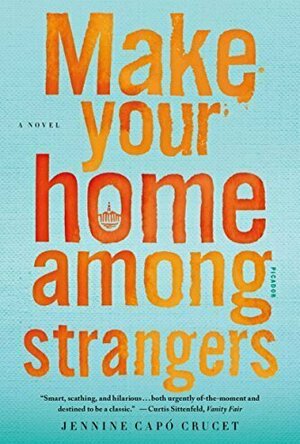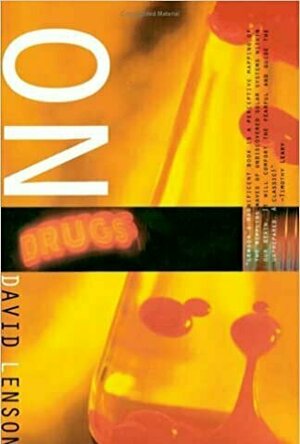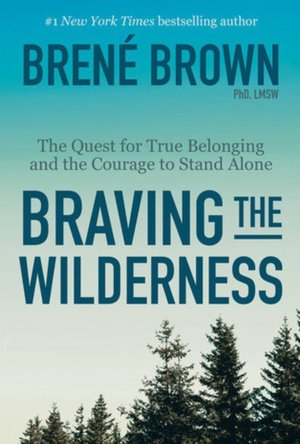
Make Your Home Among Strangers
Book
A New York Times Book Review Editor's Choice, winner of the International Latino Book Award for Best...

On Drugs
Book
The "just say no" campaign of the Reagan years and the ensuing anti-drug hysteria effectively...

Doodle Jump
Games and Entertainment
App
BE WARNED: Insanely addictive! "possibly the best iPhone game ever created" - Touch Arcade From...

Papers, Please
Games and Entertainment
App
A dystopian document thriller. The award-winning, critically-acclaimed border inspector game, now...

The New Yorker Magazine
News and Magazines & Newspapers
App
The New Yorker Magazine app brings you each week’s issue, along with bonus content. The New...

Getting Off: One Woman's Journey Through Sex and Porn Addiction
Book
A courageous account of one woman's unflinching and ultimately hopeful journey through sex and porn...
biography

High Times Magazine
Magazines & Newspapers and Entertainment
App
HIGH TIMES has continued to evolve to become as much of a cultural destination as a respected news...

Braving the Wilderness: The Quest for True Belonging and the Courage to Stand Alone
Book
"True belonging doesn't require us to change who we are. It requires us to be who we are." Social...

Louis Theroux’s Weird Weekends - Series 3
TV Show
Documentaries by writer and presenter Louis Theroux which delve into the weirder fringes of American...

Stay Sexy and Don't Get Murdered: The Definitive How-To Guide From the My Favorite Murder Podcast
Karen Kilgariff and Georgia Hardstark
Book
The highly anticipated first book by Karen Kilgariff and Georgia Hardstark, the voices behind the #1...
True crime Murder Addiction Depression Anxiety Eating disorders